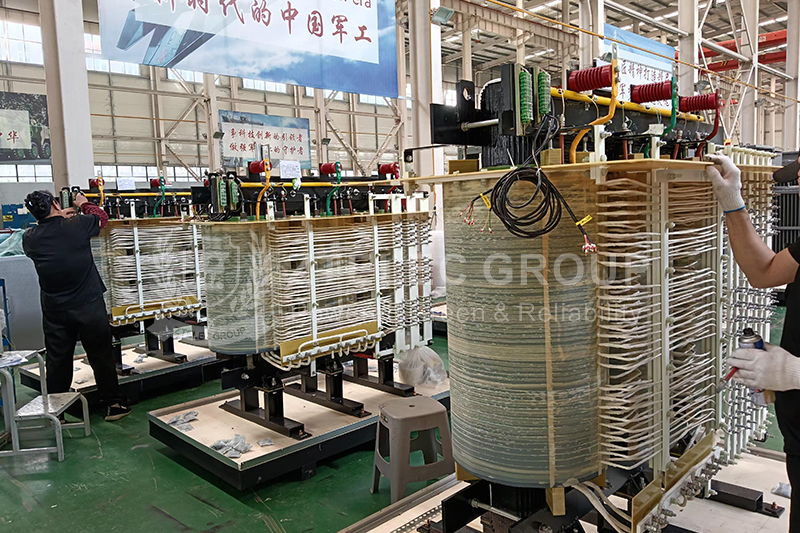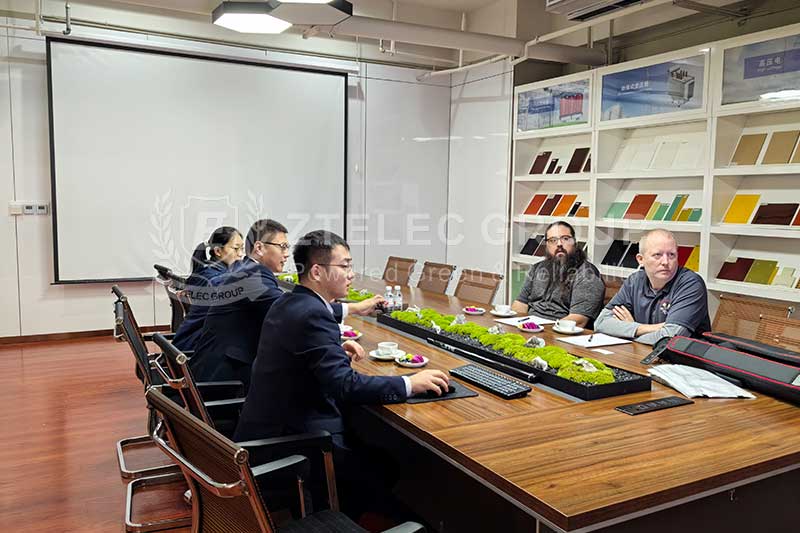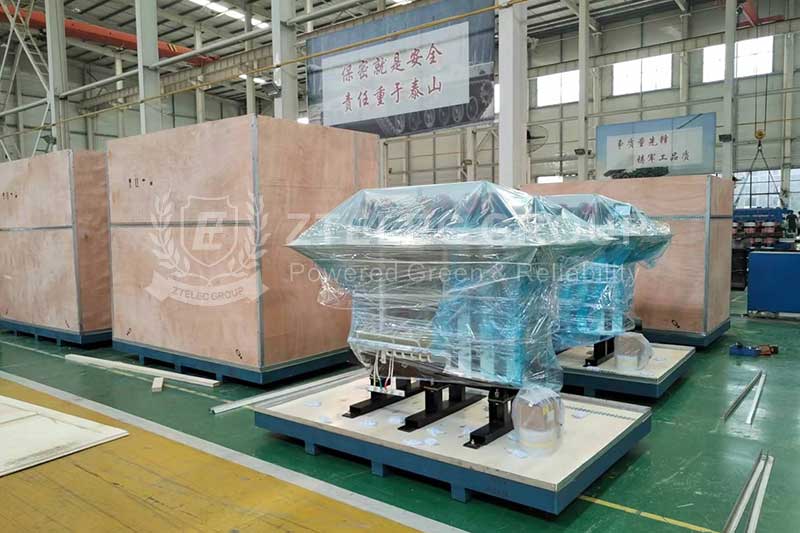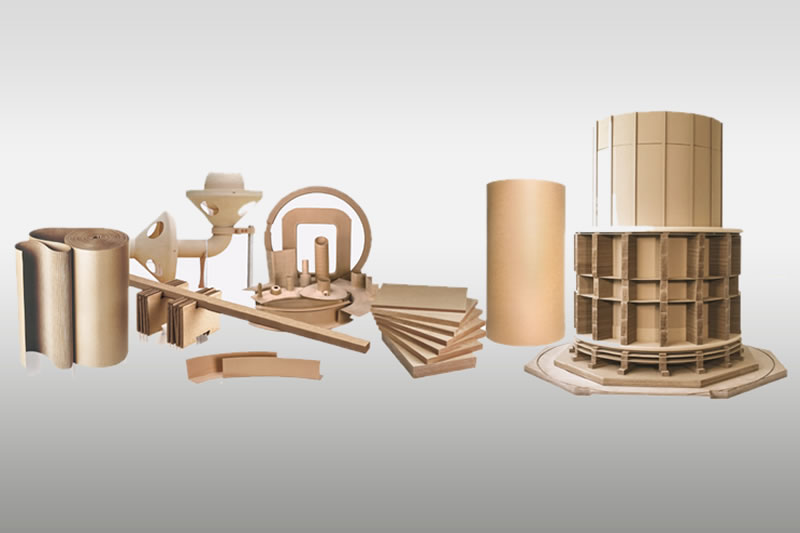Effect of partial discharge on insulating materials
Under the long-term action of external electrical stress, the phenomenon that causes gradual degradation of various performance is known as the electrical aging of electrical insulation materials. There are many factors causing aging, such as conductance current, dielectric loss, electromagnetic force, partial discharge and other factors. But reflecting from the actual application situation, the main affecting the service life of material electrical aging like electrical insulation paper or fiber glass tube is partial discharge. The reason is that it contains a part of the air gap or other impurities that are easier to break down than the insulating medium during the manufacturing process . When the applied voltage is increased, the partial discharge is caused by the partial breakdown of this part of the air or other components.

The partial discharge damage to insulating materials like electrical insulation paper or fiber glass tube is great, but for different materials, due to the different material structure, the process of partial discharge damage to the material is not the same, such as polyethylene used in the manufacture of high voltage cable. Partial discharge accelerated its cracking, and mica insulation to the generator coils was considered to be the main cause of damage due to increased ion bombardment. In general, the breakdown field strength of materials like electrical insulation sheet under discharge condition is used to evaluate the parameters of electrical aging.
In the process of partial discharge damage to insulating materials, irreversible damage marks are always left, which reflect obvious changes in the dielectric and mechanical properties of materials, such as electrical insulation paper or fiber glass tube.

(1) Low molecular polar substances or acids generated by the discharge will penetrate into the material, which will decrease the volume resistance of the material and increase the loss Angle tangent. Such changes are particularly obvious in the insulation of oil immersed paper.
(2) Make the material lose elasticity, brittle or cracking.
(3) After discharge, there are gases and ions left behind, so that the material starts to discharge and the voltage gradually decreases, which changes the various discharge characteristics.
- more+releated article
- 2025-12-13How to Select and Use Phenolic Cloth-base Lami
- 2025-12-13How Much Does Bakelite Sheet Cost? 2025 Price
- 2025-12-13Why are most 3240 epoxy boards yellow?
- 2025-12-13What are the Main Applications of FR4 Epoxy Bo
- 2025-12-13Why Does the Price of Insulating Paperboard Va
- 2025-12-13Heat-Resistant DDP Insulation Paper
- 2025-12-13Comparison of Heat-Resistant DDP Insulating Pa
- 2025-12-13G10 and FR4 Epoxy Boards: Commonly Used for Ge
- 2025-12-13The Price of Heat-Resistant DDP Insulation Pap
- 2025-12-13How to Choose Epoxy Laminate Materials for Gen





